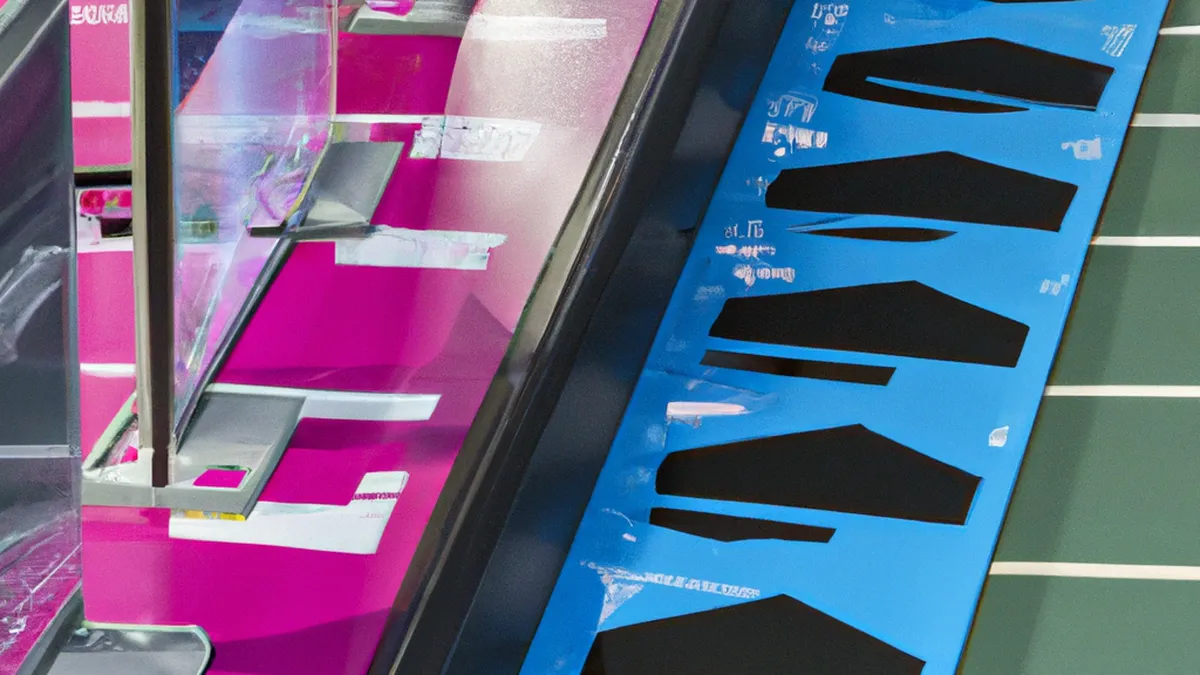Reflect to Boost Middle Distance Performance
The Importance of Post-Race Reflection for Middle Distance Improvement
Middle-distance running includes events like the 800m and 1500m, testing physical endurance and mental strength. Each race offers valuable experiences and lessons. Post-race reflection is a crucial practice for runners aiming to improve. Analyzing your performance helps you identify strengths and weaknesses. This process allows you to refine strategies and enhance overall performance.
Why Post-Race Reflection Matters
After finishing, many runners instinctively celebrate or recover. However, reflecting on your performance yields insights for future races. Reflection helps you recognize successes and areas for improvement.
Creating a Structured Reflection Process
A structured approach maximizes your post-race reflections. This organization allows you to draw meaningful insights. Follow this simple process:
1. **Immediate Reactions**: Capture your feelings right after the race. Write down your emotional state—were you happy, frustrated, or surprised? This raw data proves valuable for analyzing your emotional responses.
2. **Performance Analysis**: Review your race times and splits. Did you achieve your goals? Compare your performance to expectations. Break the race into segments to identify strengths and struggles.
3. **Physical Condition**: Reflect on your body’s sensations during the race. Did you feel fatigued earlier than expected? Take notes on any signs of injury or discomfort. This information helps adjust your training and recovery strategies.
4. **External Factors**: Analyze the environmental conditions during the race. Weather, track conditions, and competition can influence performance. Acknowledging these elements provides context and prepares you for future races.
Setting Goals for Improvement
After reflecting, set specific goals for improvement. Goals provide direction and motivation. Use the SMART criteria—Specific, Measurable, Achievable, Relevant, and Time-bound—to create effective goals.
For instance, if pacing was an issue, incorporate tempo runs into your training. If your finishing sprint lacked power, focus on speed training with interval workouts. Defined goals help you stay accountable.
Conclusion
Post-race reflection offers critical insights for middle-distance runners. Implementing structured reflection and setting specific goals fosters continuous improvement.
Below are related products based on this post:
FAQ
Why is post-race reflection important for middle-distance runners?
Post-race reflection is crucial for middle-distance runners as it allows them to analyze their performance, identify strengths and weaknesses, and refine their strategies for future races. This practice helps in recognizing both successes and areas that need improvement, ultimately contributing to enhanced overall performance.
What steps should I follow for an effective post-race reflection?
An effective post-race reflection involves a structured process that includes capturing immediate reactions, analyzing performance metrics, reflecting on physical sensations during the race, and considering external factors such as weather and competition. This organization helps draw meaningful insights for improvement.
How can I set goals based on my post-race reflection?
After reflecting on your performance, set specific goals using the SMART criteria—Specific, Measurable, Achievable, Relevant, and Time-bound. For example, if pacing was an issue, you might incorporate tempo runs into your training. Defined goals will help you stay accountable and focused on your improvement journey.















Post Comment